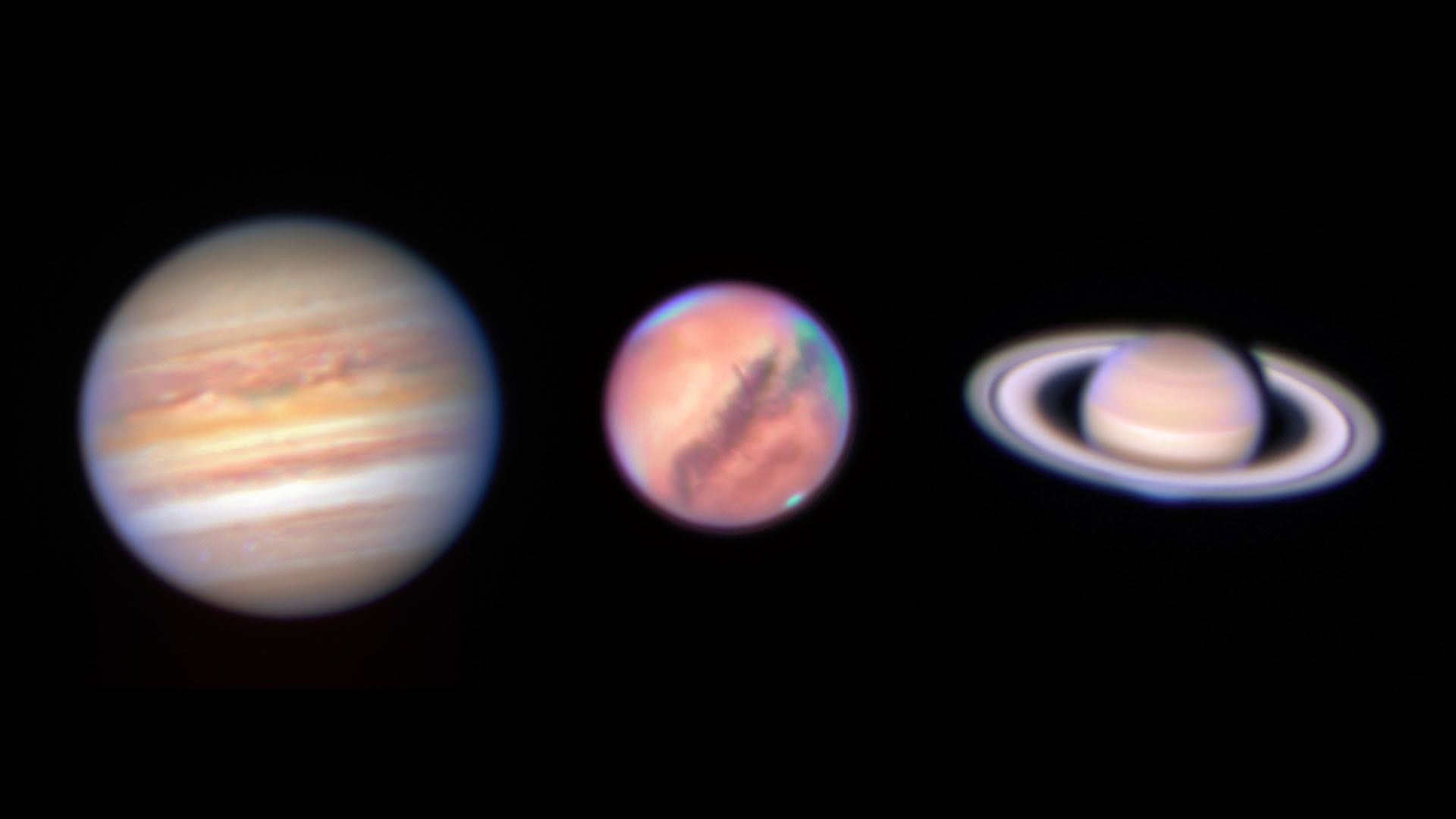| Joe Biden hasn't gone out of his way to talk about outer space during his presidential campaign. That could be bad news for NASA's exploration ambitions, but good news for the Space Force, I write with my colleague Hans Nichols. The big picture: NASA faces two threats with any new administration: policy whiplash and budget cuts. In a potential Biden administration, the space agency could get to stay the course on the policy front, while competing with other priorities on the spending side. The state of play: President Trump has taken a vested interest in space, directing NASA to send people back to the surface of the Moon by 2024 and standing up the Space Force. - By contrast, Biden has made few comments about the American space program during his campaign, with one of the most notable being a congratulatory statement marking SpaceX's first crewed flight for NASA in May.
- The Democratic Party platform says NASA should focus on getting people back to the Moon. But the 2024 deadline would likely be scuttled in favor of a later landing date under Biden, space analysts have said.
- While he has spoken broadly of the need to invest trillions of dollars in research and science, Biden's top priority will be fighting climate change on Earth, not planning new missions to the Moon and Mars.
But, but, but: Biden clearly wants to spend more on science, and that could have spillover effects for NASA, which is involved with climate change research: "We used to invest a little over 2.6% of our GDP in research and science," he said last week. "It's now down to 0.6%." - After the splashdown of SpaceX's Crew Dragon in early August, Biden said, "As president, I look forward to leading a bold space program that will continue to send astronaut heroes to expand our exploration and scientific frontiers through investments in research and technology to help millions of people here on Earth."
The other side: Biden's proposal for a $300 billion increase in funding for research and development doesn't directly mention NASA, unlike other federal agencies. - "NASA is one of those things that's oddly missing from a lot of their campaign's discussion," Casey Dreier of the Planetary Society told Axios of Biden's messaging.
Between the lines: Under Trump, the Space Force was politicized and the president forced the Pentagon to establish a separate department after protests from then-Defense Secretary Jim Mattis. - There's some optimism that under different leadership, the space domain will be treated like other operating theaters.
- "People need to start listening to the war fighters and doing the war gaming the same way they do in other domains," former Air Force Secretary Heather Wilson told Axios. "Job one is to get serious about war fighting and strategy."
The backstory: The space agency Barack Obama inherited from George W. Bush was one marked by the end of the space shuttle program, but the NASA of a Biden first term or Trump second term is less defined by transition and more focused on pushing toward larger goals. The bottom line: It remains unclear how NASA's plans for exploring the Moon and Mars might fare under a Biden presidency, but the space agency will likely need to compete with other research and development priorities if Biden is elected. | 








No comments:
Post a Comment